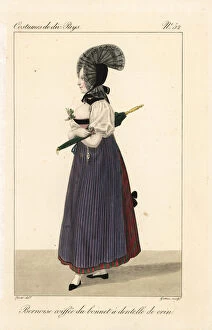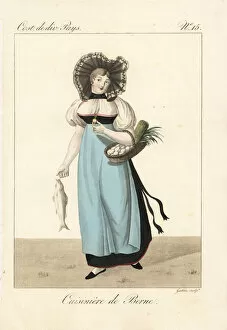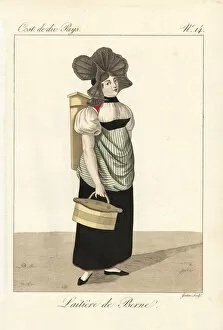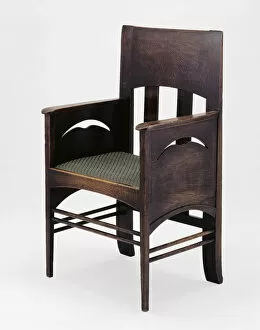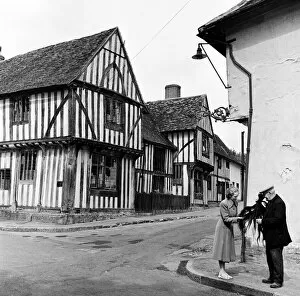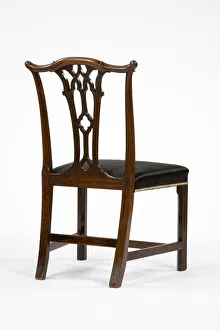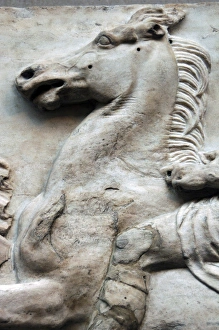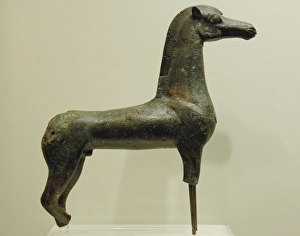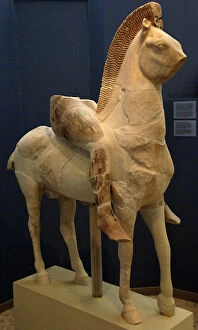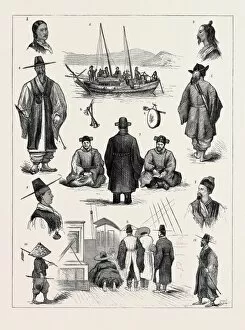Horsehair Collection
Horsehair, a versatile and unique material, has been used in various forms throughout history
All Professionally Made to Order for Quick Shipping
Horsehair, a versatile and unique material, has been used in various forms throughout history. From horsehair cinches to woven purses, this natural fiber has proven its durability and practicality. One striking example of horsehair's use is seen in the lace bonnets worn by women in Switzerland during the 19th century. These intricate pieces resemble cockscombs and beautifully contrast with the simplicity of their shirts, bodices, aprons, and petticoats. Whether it was a woman from Bern or a milkmaid carrying her wooden pail with a lace toquet made from horsehair, these accessories added an elegant touch to their attire. In France as well, horsehair found its way into borders dating back centuries. From the 1770s all the way up to the 1860s, unknown creators skillfully incorporated this material into decorative elements that adorned furniture and other objects. Charles Rennie Mackintosh even utilized horse hair covering on his armchair design in Scotland in 1897. Not limited to fashion or furnishings alone, religious caps and instruments also benefited from using horsehair. The strength and flexibility of this fiber allowed for intricate designs that enhanced sacred rituals. As time went on, new creations emerged showcasing the versatility of horsehair. Magnus S. Fossum's footstool covered with mahogany and topped with horse hair exemplifies how this material can be both functional and aesthetically pleasing. From cinches to bonnets to borders on furniture - whether created by known designers like Harry Mann Waddell or anonymous craftsmen - each piece showcases not only the beauty but also the endurance as a valuable resource throughout history.





